An ancient crater lake in the southern highlands of Mars appears to have been fed by glacial runoff, bolstering the idea that the Red Planet had a cold and icy past.
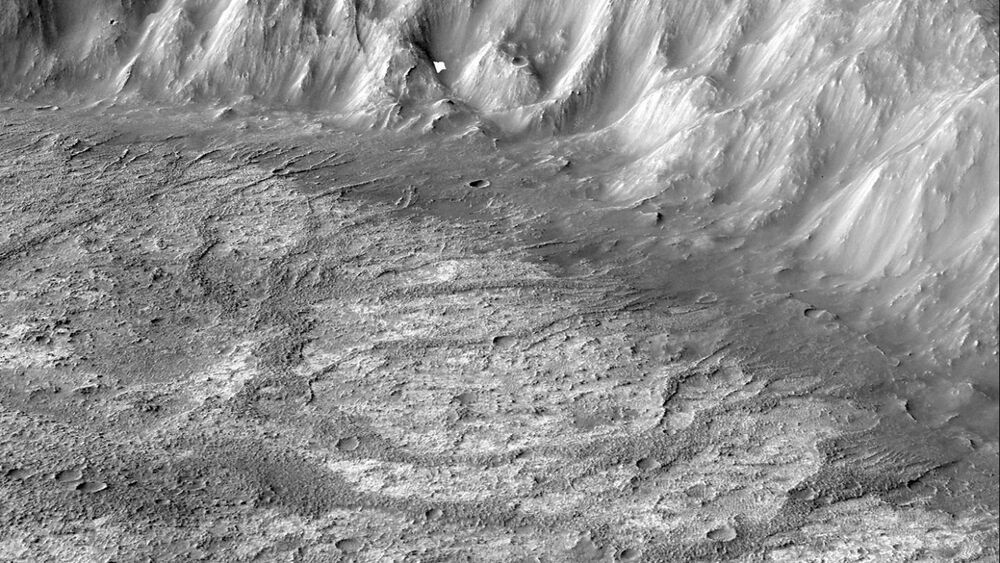


The earliest bones, however, were very different from human skeletons today. In the prehistoric past, bone was more like concrete, growing on the exterior of fish to provide a protective shell. But according to a new study in the journal Science Advances, the first bones with living cells—like those found in humans—evolved about 400 million years ago and acted as skeletal batteries: They supplied prehistoric fish with minerals needed to travel over greater distances.
The fossilized creatures in the analysis are known as osteostracans. “I affectionately call them beetle mermaids,” says Yara Haridy, a doctoral candidate at the Berlin Museum of Nature and lead author of the study. These fish had a hard, armor-encased front end and a flexible tail growing out the back. They had no jaws, and their bone tissue encased their bodies. These kinds of fish are critical to understanding the origins of the hard parts that shaped vertebrate evolution.
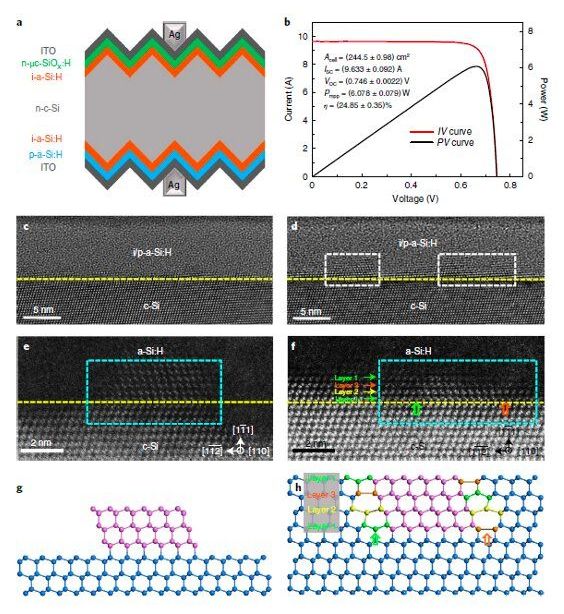
Crystalline silicon (c-Si) solar cells are among the most promising solar technologies on the market. These solar cells have numerous advantageous properties, including a nearly optimum bandgap, high efficiency and stability. Notably, they can also be fabricated using raw materials that are widely available and easy to attain.
In recent years, many companies and engineers specifically focused their research efforts on Si heterojunction (SHJ) solar cells. These solar cells, which consist of amorphous silicon layers deposited on crystalline silicon surfaces, have been found to achieve remarkable power conversion efficiencies (PCE).
Researchers at Beijing University of Technology, the Hanergy Chengdu Research and Development Center, and Jiangsu University in China recently carried out a study aimed at closely examining the structure of the c-Si/a-Si:H interface in high-efficiency SHJ solar cells. Their paper, published in Nature Energy, offers valuable insight that could help to improve the performance of SHJ solar cells further, by allowing engineers greater control over the c-Si/a-Si:H interface.

The School of Computer Science and Statistics in Dublin, Ireland, has begun investigating how much user data iOS and Android send to Apple and Google, respectively. Overall, they discovered that, even when the devices are idle or minimally configured, each tends to share an average of 4.5 minutes’ worth of data every day.
For instance, Apple and Google both receive the devices’ IMEI, hardware serial number, SIM serial number and IMSI, handset phone number and other items. Moreover, Android and iOS continue to transmit telemetry to their manufacturing companies, even if the user specifically opts not to share this data. In fact, as soon as the user inserts a SIM card into either device, corresponding user data beacons out to the parent companies of each.
Meanwhile, users have no way to avoid iOS devices sharing with Apple the MAC addresses of nearby devices—such as other handsets or home gateway—as well as GPS location. Indeed, these users do not even have to log in for the device to share their data. On the other hand, Google collects a much larger amount of data from nearby devices than Apple. As a comparison, Google receives about 1MB of data versus 42KB for Apple. While idle, the Android Pixel sends around 1MB every 12 hours, while iOS shares 52KB of data. Furthermore, Google even collects about 20 times more handset data than Apple, and the majority of users in the US have Android devices.

Microsoft won a nearly $22 billion contract to supply U.S. Army combat troops with its augmented reality headsets.
Microsoft and the Army separately announced the deal Wednesday.
The technology is based on Microsoft’s HoloLens headsets, which were originally intended for the video game and entertainment industries.
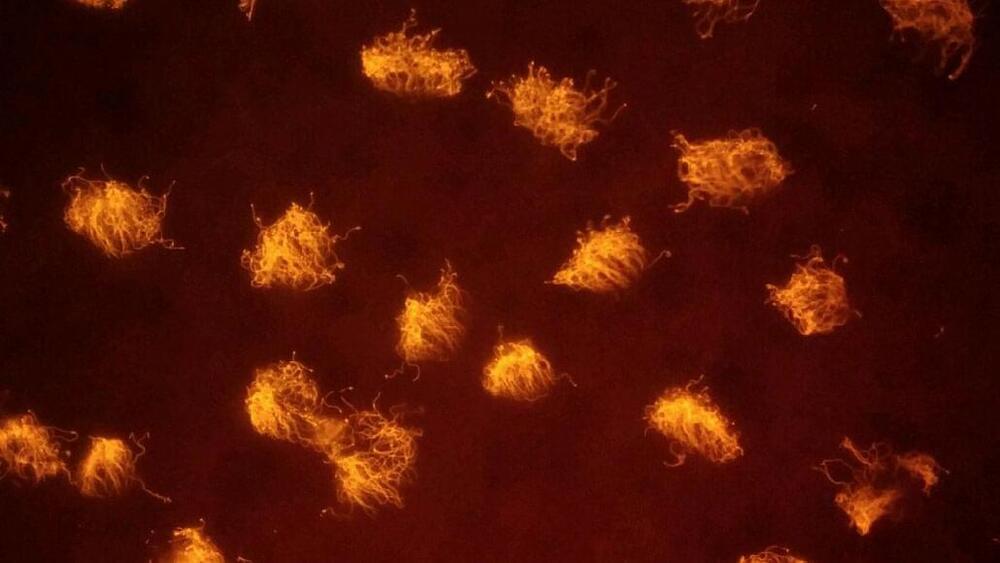

The qubit is the building block of quantum computing, analogous to the bit in classical computers. To perform error-free calculations, quantum computers of the future are likely to need at least millions of qubits. The latest study, published in the journal PRX Quantum, suggests that these computers could be made with industrial-grade silicon chips using existing manufacturing processes, instead of adopting new manufacturing processes or even newly discovered particles.
For the study, researchers were able to isolate and measure the quantum state of a single electron (the qubit) in a silicon transistor manufactured using a ‘CMOS’ technology similar to that used to make chips in computer processors.
Furthermore, the spin of the electron was found to remain stable for a period of up to nine seconds. The next step is to use a similar manufacturing technology to show how an array of qubits can interact to perform quantum logic operations.
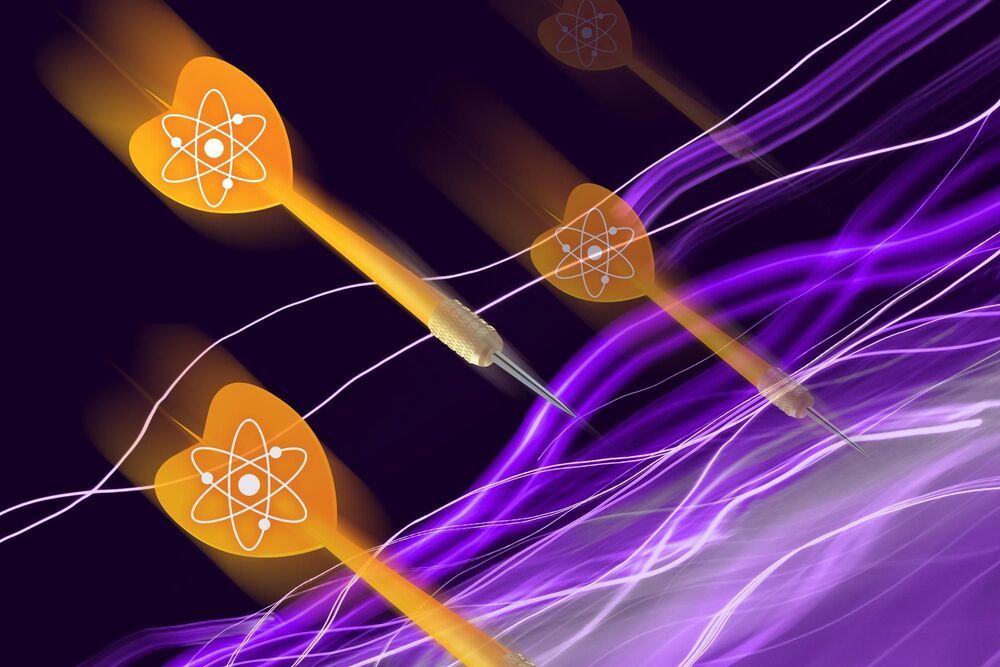
Shooting beams of ions at proton clouds, like throwing nuclear darts at the speed of light, can provide a clearer view of nuclear structure. Credit: Jose-Luis Olivares, MIT
Shooting beams of ions at proton clouds may help researchers map the inner workings of neutron stars.
Physicists at MIT and elsewhere are blasting beams of ions at clouds of protons —like throwing nuclear darts at the speed of light — to map the structure of an atom ’s nucleus.
Many of us have been wracking our brains why Nvidia would spend a fortune – a whopping $40 billion – to acquire Arm Holdings, a chip architecture licensing company that generates on the order of $2 billion in sales – since the deal was rumored back in July 2020. As we sat and listened to the Arm Vision Day rollout of the Arm V9 architecture, which will define processors ranging from tiny embedded controllers in IoT device all the way up to massive CPUs in the datacenter, we may have figured it out.
There are all kinds of positives, as we pointed out in our original analysis ahead of the deal, in our analysis the day the deal was announced in September 2020, and in a one-on-one conversation with Nvidia co-founder and chief executive officer Jensen Huang in October 2020.
We have said for a long time that we believe that Nvidia needs to control its own CPU future, and even joked with Huang that it didn’t need to have to buy all of Arm Holdings to make the best Arm server CPU, to which he responded that this was truly a once-in-a-lifetime opportunity to create value and push all of Nvidia’s technologies – its own GPUs for compute and graphics and Mellanox network interface chips, DPU processors, and switch ASICs – through an Arm licensing channel to make them all as malleable and yet standardized as the Arm licensing model not only allows, but encourages.
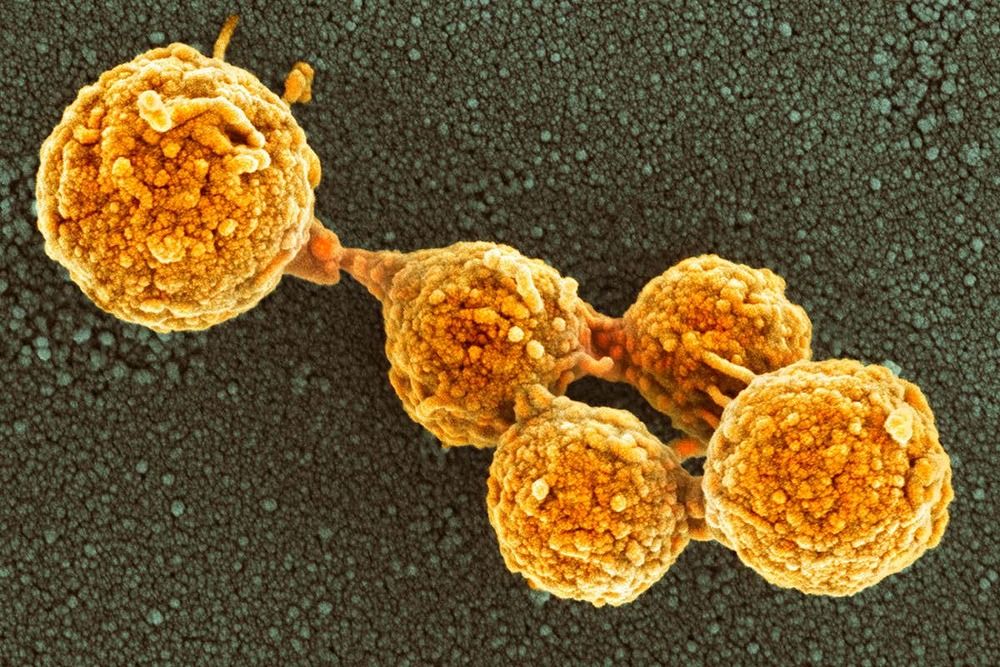
SYNTHETIC cells made by combining components of Mycoplasma bacteria with a chemically synthesised genome can grow and divide into cells of uniform shape and size, just like most natural bacterial cells.
In 2016, researchers led by Craig Venter at the J. Craig Venter Institute in San Diego, California, announced that they had created synthetic “minimal” cells. The genome in each cell contained just 473 key genes thought to be essential for life.